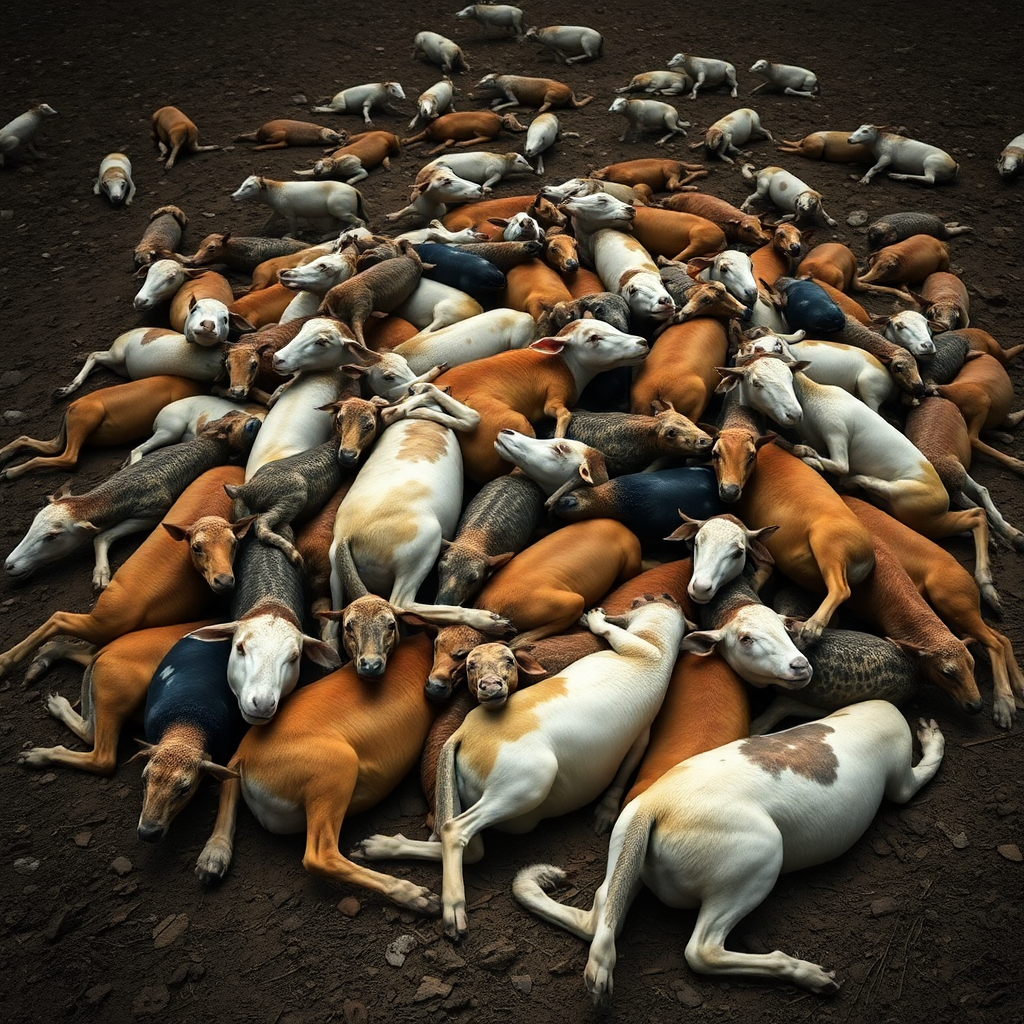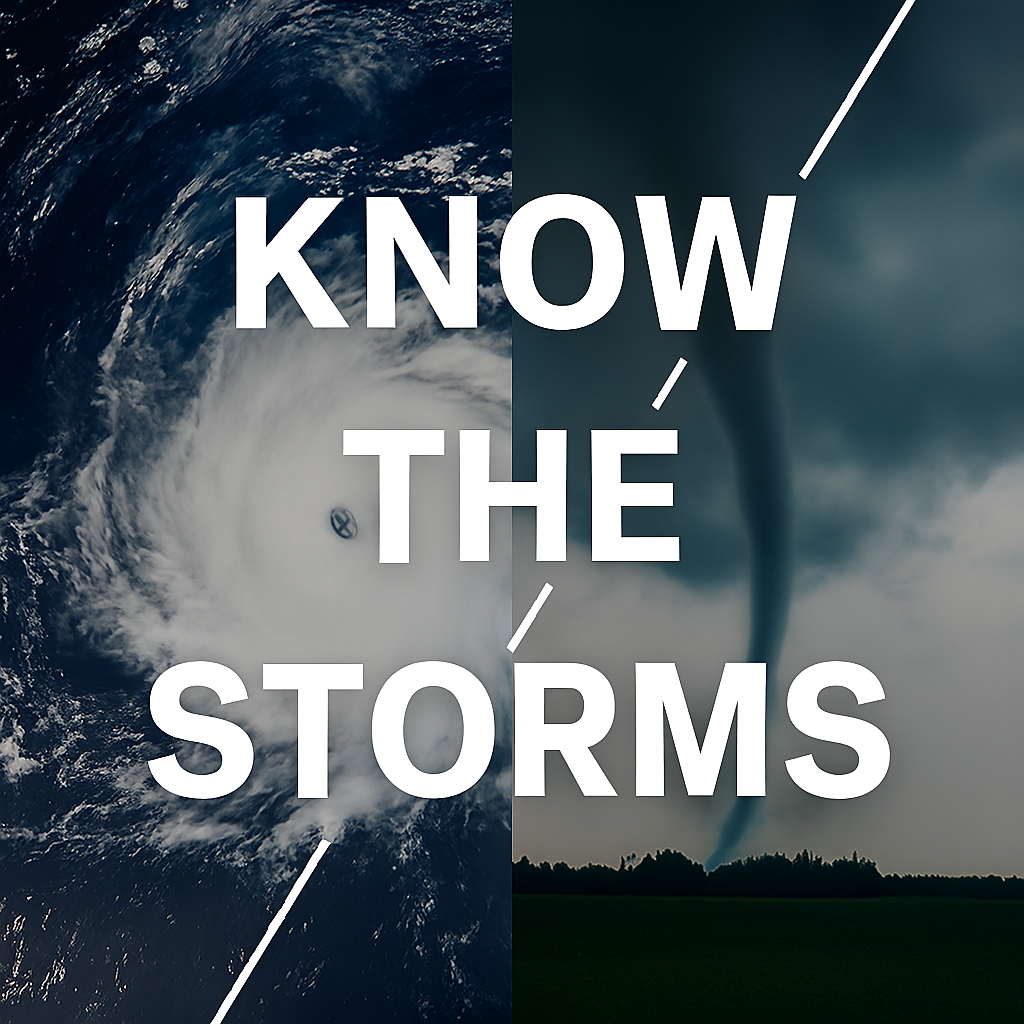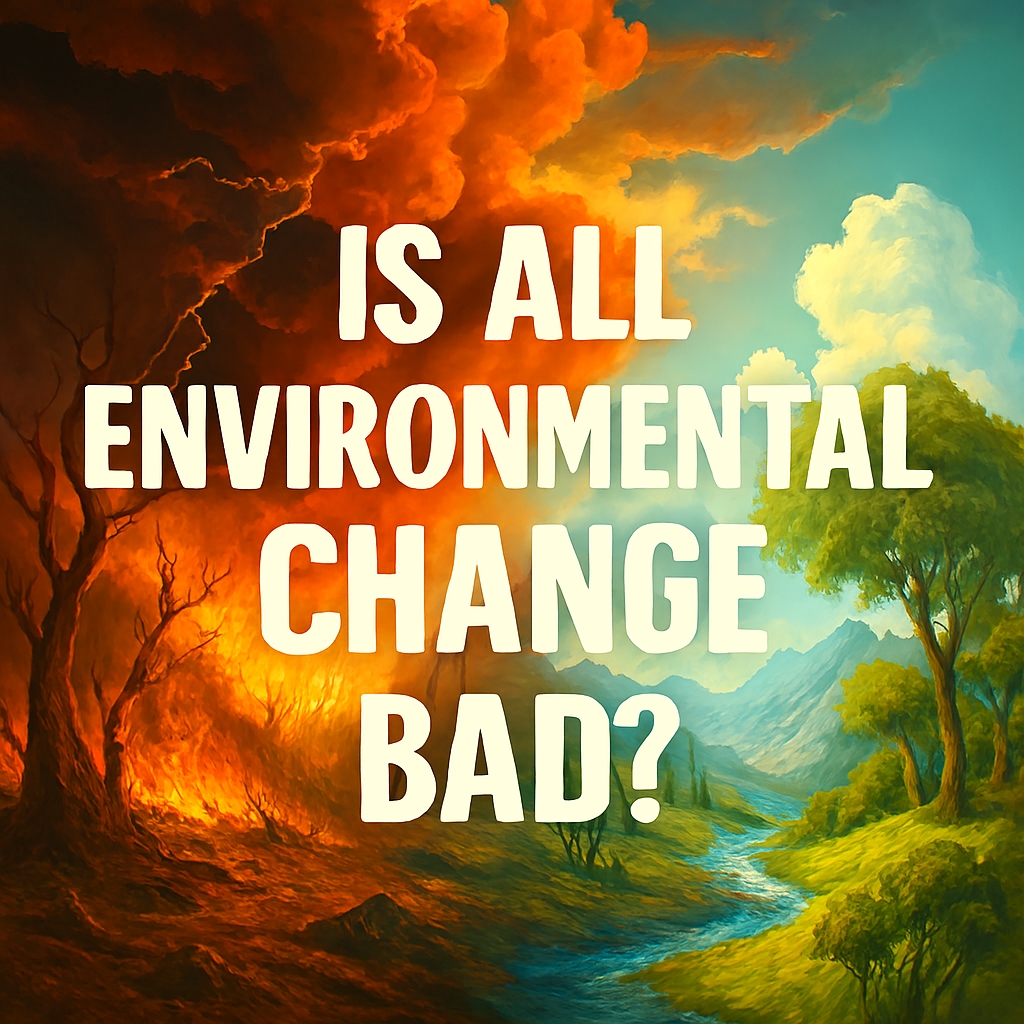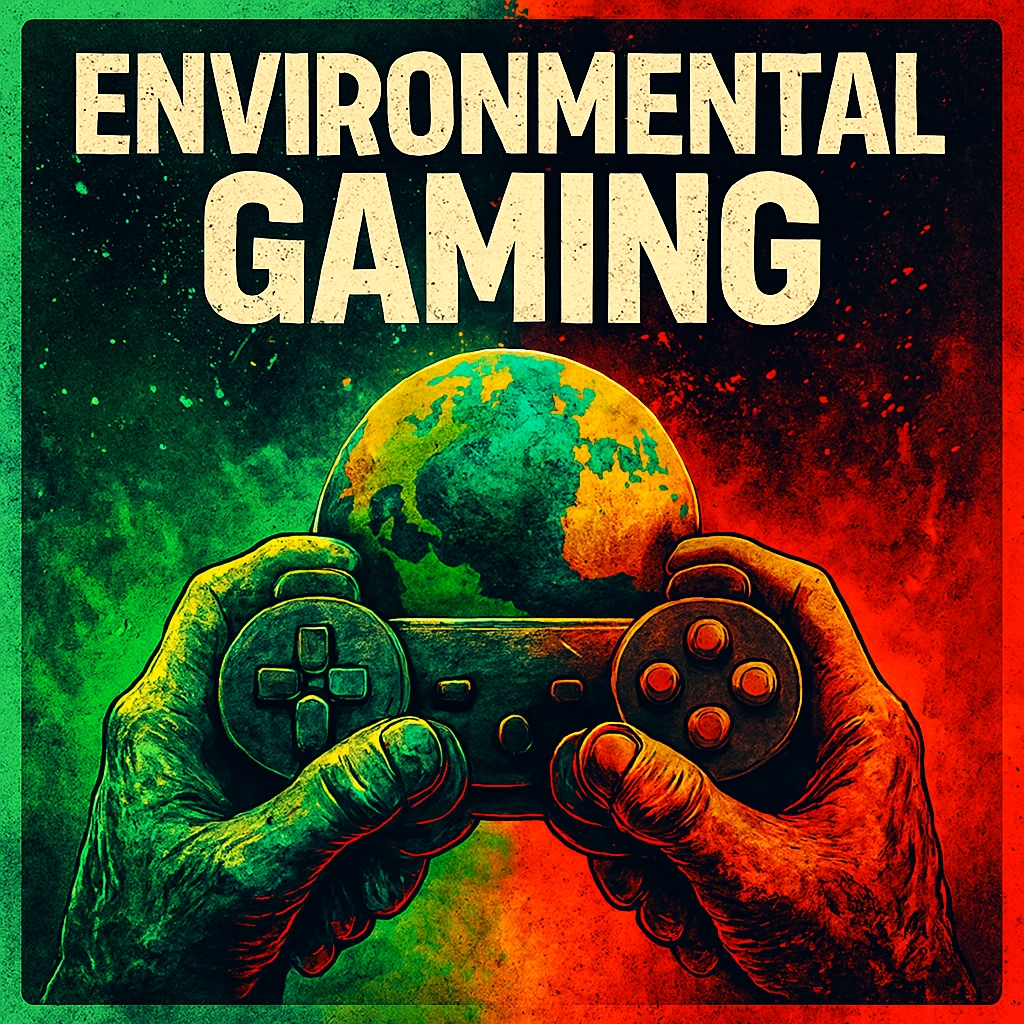Have Any Animals Really Gone Extinct or Become Endangered Due to War?
The Hidden Casualties
War is a devastating human activity, leaving no aspect of life untouched. While its toll on human populations and infrastructure is well-documented, the impact on wildlife is often overlooked. Wars disrupt ecosystems, destroy habitats, and force animals into a precarious fight for survival. In some cases, these conflicts push species to the brink of extinction or threaten already endangered populations.
Disclaimer
This article is not intended in any way to diminish the seriousness of war and the human suffering in war.

War-Related Habitat Destruction
The Collapse of Natural Habitats from War-Related issues
One of the most devastating effects of war is the destruction of habitats. Forests, rivers, and grasslands are often turned into battlegrounds, leading to deforestation, pollution, and degradation. These changes disrupt the delicate balance of ecosystems, forcing many species to flee or perish.
The Vietnam War and Its Ecological Toll
During the Vietnam War, widespread use of herbicides like Agent Orange not only stripped forests of vegetation but also left lasting toxic residues. This chemical warfare affected countless animals, including birds, mammals, and insects, creating a hostile environment for survival. The long-term effects of such destruction still ripple through Southeast Asia’s ecosystems today.
Direct Impact on Animal Populations
Hunting and Poaching for Survival
In times of war, local communities often face food shortages and economic hardship, leading to increased hunting and poaching of wildlife. Animals that were previously protected may suddenly find themselves targeted for meat, trade, or other survival needs.
Species Pushed to the Brink
The Arabian Oryx
During conflicts in the Middle East, the Arabian oryx population saw a significant decline due to poaching and habitat disruption. Once considered extinct in the wild, this species now relies on conservation efforts to rebuild its numbers.

Indirect Consequences of Conflict
Disruption of Conservation Efforts
War often halts conservation projects and funding, leaving animals vulnerable to threats like habitat loss and illegal hunting. National parks and wildlife reserves may become inaccessible, undermining protection measures for endangered species.
Refugees and Wildlife Overlap
The movement of human populations during war can also affect wildlife. Refugees settling near natural reserves may inadvertently compete with animals for resources or encroach on protected areas.
Has Any Species Gone Extinct Due to War?
While war has endangered many animals, documented cases of extinction solely caused by conflict are rare. Most extinctions result from a combination of factors, such as habitat loss, hunting, and environmental changes. However, war accelerates these processes, bringing species closer to the edge.
Has Any Animal Actually Reached Extinction Due to War?
Endangered Species Lost in Conflict
While direct extinction due to war is rare, there have been instances where endangered species on the brink of survival were wiped out as a result of accidental war-related activities. War zones often become perilous areas for wildlife, where stray bombings, unexploded ordinances, and pollution have catastrophic effects.
Case in Point – The Kouprey
The kouprey, a species of wild cattle native to Southeast Asia, was classified as critically endangered before the Vietnam War. The combination of habitat destruction from intense bombing campaigns and displacement of local communities who hunted for survival likely contributed to its decline. The kouprey has not been officially sighted since the late 20th century, leading many to believe it was a casualty of war’s unintended consequences.
Losses That Are Difficult to Track
In many cases, the lack of documentation during conflicts makes it hard to attribute an animal’s disappearance solely to war. However, the rapid changes in war-torn ecosystems, combined with the targeting of key species for survival, create scenarios where extinction becomes a tragic reality.

Chemical Warfare and Its Ecological Fallout
Toxic Residues in Ecosystems
The use of chemical weapons during conflicts can leave long-lasting residues that poison soil and water systems. These toxins have detrimental effects on wildlife, ranging from reduced reproduction rates to outright mortality.
Endangered Amphibians and Reptiles
Amphibians and reptiles are particularly vulnerable to chemical contamination, as they absorb chemicals through their skin or aquatic habitats. Their population numbers often plummet in areas affected by chemical warfare.
Explosive Ordinance and Wildlife Casualties
Physical Damage to Ecosystems
Explosions, landmines, and other forms of ordinance destroy habitats and directly harm animal populations. The scars of war—craters, burned landscapes, and polluted soil—create hostile environments that are difficult for wildlife to recover from.
Collateral Damage to Iconic Species
Large animals, such as elephants or rhinoceroses, may fall victim to explosive ordinances when they wander into conflict zones. This unintentional harm adds to the already mounting pressures on these species.
War-Induced Climate Effects
Contribution to Climate Change
The environmental impacts of war—including deforestation, emissions from military vehicles, and destruction of infrastructure—can contribute to global climate change. These changes often exacerbate habitat loss and resource scarcity for wildlife.
Migratory Disruptions for Birds
As war-induced climate effects alter weather patterns, migratory birds may struggle to complete their routes. Changes in temperature or food availability disrupt their breeding and feeding cycles.
Human-Wildlife Conflict in War Zones
Competition for Scarce Resources
As human populations in war zones deplete natural resources for survival, wildlife faces increased competition for water, food, and shelter. This competition can lead to conflicts that further endanger vulnerable species.
The Role of Conservation Organizations
Despite challenges, some conservation organizations attempt to mitigate human-wildlife conflicts during wars by introducing programs for sustainable resource use and community education. These efforts offer hope for coexistence even in dire circumstances.

Conclusion
The Unseen Casualties of Conflict
Though it is rare for war to directly cause an animal’s extinction, its effects are undeniably catastrophic for wildlife. From habitat destruction to increased poaching and disrupted conservation efforts, the toll on ecosystems and species survival is profound. Recognizing and mitigating these impacts is essential to protect the natural world from becoming a silent casualty of human conflicts. By understanding the intersection of war and wildlife, we can take steps toward preserving the delicate balance of our shared planet.
Join the Discussion
Wildlife preservation in the face of war is a topic that raises numerous questions about responsibility, conservation, and the long-term impacts of human conflicts. Have you come across other examples of animals affected by war? Do you think enough is being done to address the ecological fallout of conflicts?
#WildlifeConservation #AnimalsInConflict #EcologicalWarfare #WarAndEnvironment #SavingSpecies #BiodiversityMatters #ProtectWildlife #AnimalExtinction #EndangeredSpecies #WildlifeUnderThreat #HabitatLoss #WarImpact #NatureInConflict #SustainableFuture #ClimateAndConflict #WildlifeProtection #EnvironmentalCrisis #PreserveNature #ConflictAndBiodiversity #ConservationEfforts #SaveThePlanet #HumanWildlifeConflict #WildlifeAwareness #WildlifeSurvival #EcoWarriors #WarTornEcosystems #NaturalBalance #WildlifeMatters #EndangeredAnimals #ProtectOurPlanet













Heart Of Heroism Phenomenon What Makes A Powerful Hero
[…] Heroism doesn’t always require grand gestures or dramatic rescues. Often, heroes in our neighborhoods emerge from ordinary individuals who rise to meet extraordinary circumstances. Psychologically, these acts are often rooted in prosocial behavior, which is the innate human tendency to help others. […]